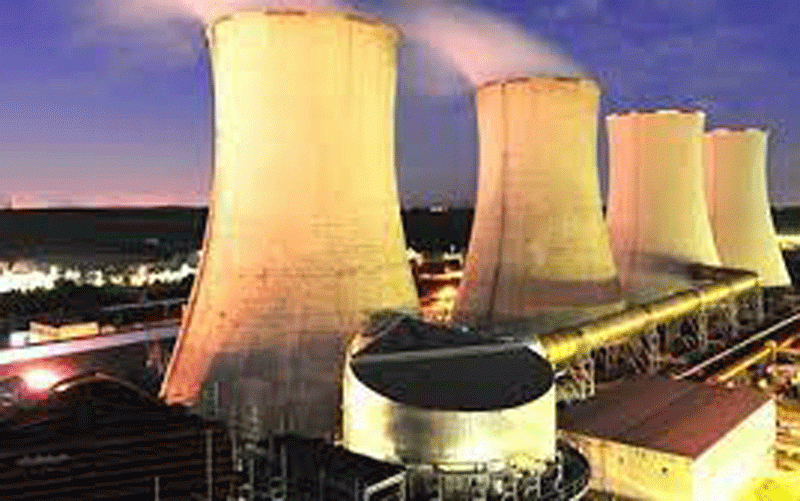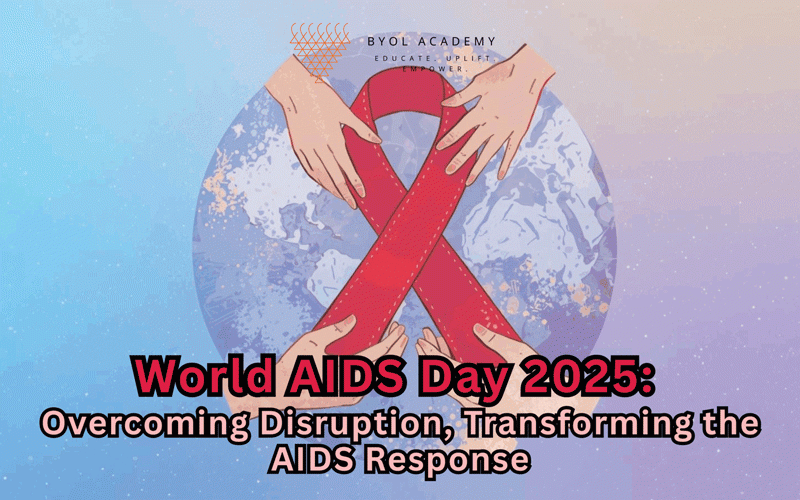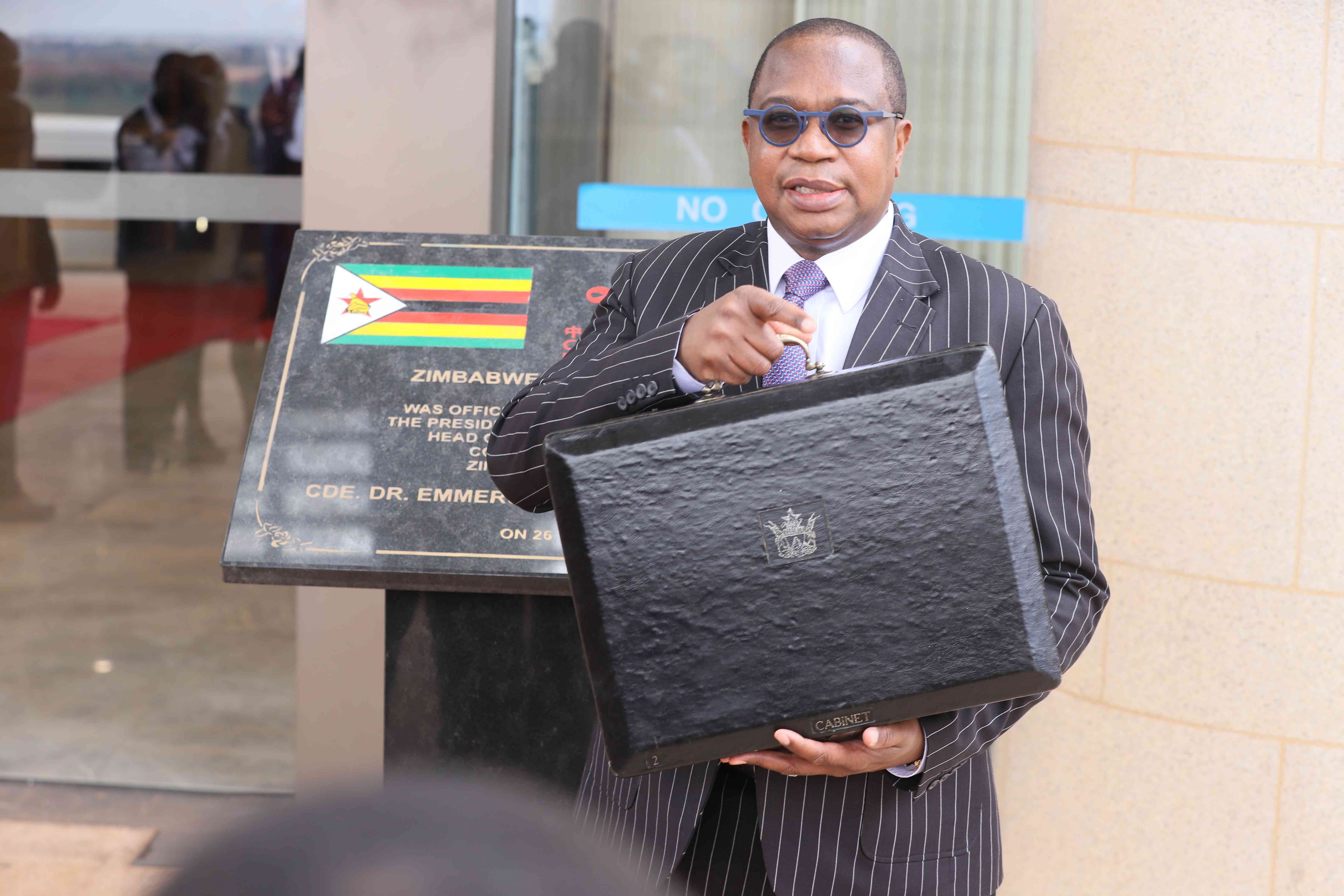
The multi-million dollar question that we all asked ourselves at one time or another is, "Why are we here as a country?" And where do we see ourselves in the next 10 years or beyond?
As a country, we have a specific purpose, but what helps us move forward and direct our purpose is a vision. Upon realising that a country cannot succeed without a vision, the government of Zimbabwe in 2018 crafted an inspiring vision, the much-talked-about "Vision 2030." The dream is for Zimbabwe to be an upper-middle-income economy by 2030. The vision addresses the aspirations contained in the Sustainable Development Goals and Agenda 2063 aimed at eradicating poverty in Africa.
Currently, the World Bank (WB) has classified Zimbabwe as a lower-middle-income country for the current 2023 fiscal year. The WB assigns the world’s economies to four income groups: low, lower-middle, upper-middle and high income.
For the current 2023 fiscal year, low-income economies are defined as those with a GNI per capita, calculated using the World Bank Atlas method, of US$1 085 or less in 2021; lower middle-income economies are those with a GNI per capita between US$1 086 and US$4 255; upper middle-income economies are those with a GNI per capita between US$4 256 and US$13 205; and high-income economies are those with a GNI per capita of US$13 205 or more.
GNP per capita for Zimbabwe stood at around US$1 500 for the year 2021. These statistics show Zimbabwe still has a mammoth task ahead of it to earn upper middle-income status.
Simulations show that Zimbabwe will need to reach productivity growth rates of 8-9% a year in the next seven years to advance to UMIC status. Such growth rates of 8-9% cannot be attained if the country’s energy crisis is not resolved. Achieving such unprecedented rates for Zimbabwe will require a dramatic improvement in the policy environment to address the binding constraints on productivity growth.
Specifically, energy is an enabler and a pathway towards addressing social, environmental, and economic challenges through an integrated approach that includes providing equal energy access and consumption levels, leapfrogging the dirty fuels of the past with a future of clean renewable energy development; and balancing the demand and supply of energy, notably through programmes such as energy efficiency, to enhance economic growth.
Under its renewable energy policy, the Zimbabwe Energy Regulatory Authority (Zera) has set out ambitious energy production targets of up to 1 100 megawatts of renewable energy by 2025. According to Zera, this will represent 16,5% of the country’s total energy production, and that is expected to increase to 26,5% by 2030.
- New perspectives: Role of private sector in resource mobilisation
- Sungura in Macheso’s safe hands
- New perspectives: Role of private sector in resource mobilisation
- Figtree earmarked for smart city status
Keep Reading
Though I applaud Zera’s will, I doubt if these targets can be met given the level of corruption and bad corporate governance in these parastatals. The status quo is exacerbated by stalled foreign direct investment in the energy sector. Zimbabwe faces an enormous energy challenge owing to the significant growth in its urban population, which entails a much larger energy demand and calls for a better-performing energy sector.
Energy poverty remains a serious obstacle to economic and human development in most parts of the continent. As a region, Africa continues to face critical challenges related to its energy sector, which is characterised by a lack of access to modern energy services (especially in rural areas), poor infrastructure, low purchasing power, low investments, and overdependence on traditional biomass to meet basic energy needs.
Zimbabwe, along with other countries in the region, has, for years, imported electricity from South Africa, but with the continent’s largest economy facing its own energy crisis marked by rolling blackouts, Zimbabwe could find itself in a dark place for a much longer time.
Increasing productivity is essential for reaching upper middle-class status, raising incomes, and improving livelihoods. Countries that have transitioned to UMIC status have seen an improvement in the economy, with extreme poverty falling, more jobs being created, and easier access to health, education, and social protection. If the energy crisis is not resolved, Zimbabwe's path to upper middle-income status will remain onerous and arduous.
It cannot be overemphasised that energy is a key enabler and a pathway towards addressing social, environmental and economic challenges that Zimbabwe is facing today.
Challenges and opportunities
Zimbabwe has suffered acute power shortages for several years, as successive droughts have resulted in poor inflows into the Kariba Dam and as ageing coal-fired power stations have repeatedly broken down
Though there have been improvements and progress made in the last five years in terms of sustainable energy development, the speed of energy access and renewable energy development falls far short of achieving universal energy access by 2030.
This is due to major challenges, including lack of a clear and coherent policy, regulatory, and institutional framework; inadequate information and technical capacity; inadequate financing and investment; lack of technology transfer and skill; and a lack of well-organised renewable energy resource data.
Inadequate and harmonised enabling environment for accelerating the development of biomass energy, such as sustainable charcoal production and consumption value chains, are another challenge faced by the country.
The government of Zimbabwe needs to invest in liquid petroleum gas infrastructure, both upstream and downstream, to ensure its sustainable availability, accessibility and affordability.
Opportunities
In order to gain UMIC status, the country must take advantage of falling technology costs, its resource abundance and a pipeline of high-quality projects, such as the Gwanda solar project.
In addition, the country should also take advantage of the existence of international donor partners and financing mechanisms (Scaling Up Renewable Energy Programme, Climate Investment Facility, Green Climate Fund, Global Environment Facility, African Development Fund, etc.) and emerging financiers (e.g., Brics countries (Brazil, Russian Federation, India, China, and South Africa).
Various global, continental, and regional energy initiatives also exist (Sustainable Energy for All, PIDA, African Renewable Energy Initiative, Power Africa, Geothermal Risk Mitigation Facility, etc.). Further, regional considerations in harmonising the common African position on Agenda 2063 of the African Union and the 2030 Agenda for Sustainable Development are driving the rollout of renewable power in Africa. For strategies and best practices, the Zimbabwean government can look to positive experiences in leading markets such as South Africa and Kenya.
In a nutshell, Zera must "level up" to meet the ambitious energy supply goals it has set for itself and address the challenges in order to make Vision 2030 achievable.
Authorities should be geared to tap the aforementioned opportunities, which will enable Zimbabwe to reach universal modern energy access by 2030 in pursuit of the global agenda of the Sustainable Development Goals and Agenda 2063.
However, implementation of each paradigm service requires innovative solutions in terms of enabling environment policy, access to finance, capacity-building in terms of knowledge management and skill, and technology.
Capacity should be developed in renewable energy procurement programmes. Ambitious targets set by Zera are not enough. Investors are also looking at whether the government has the technical capacity to deliver.
Masona is an economist and economics lecturer at the Zimbabwe Ezekiel Guti University. — [email protected]. These weekly New Perspectives articles published in the Zimbabwe Independent are coordinated by Lovemore Kadenge, an independent consultant, past president of the Zimbabwe Economics Society and past president of the Chartered Governance & Accountancy Institute in Zimbabwe (CGI Zimbabwe). — [email protected] or mobile: +263 772 382 852.










